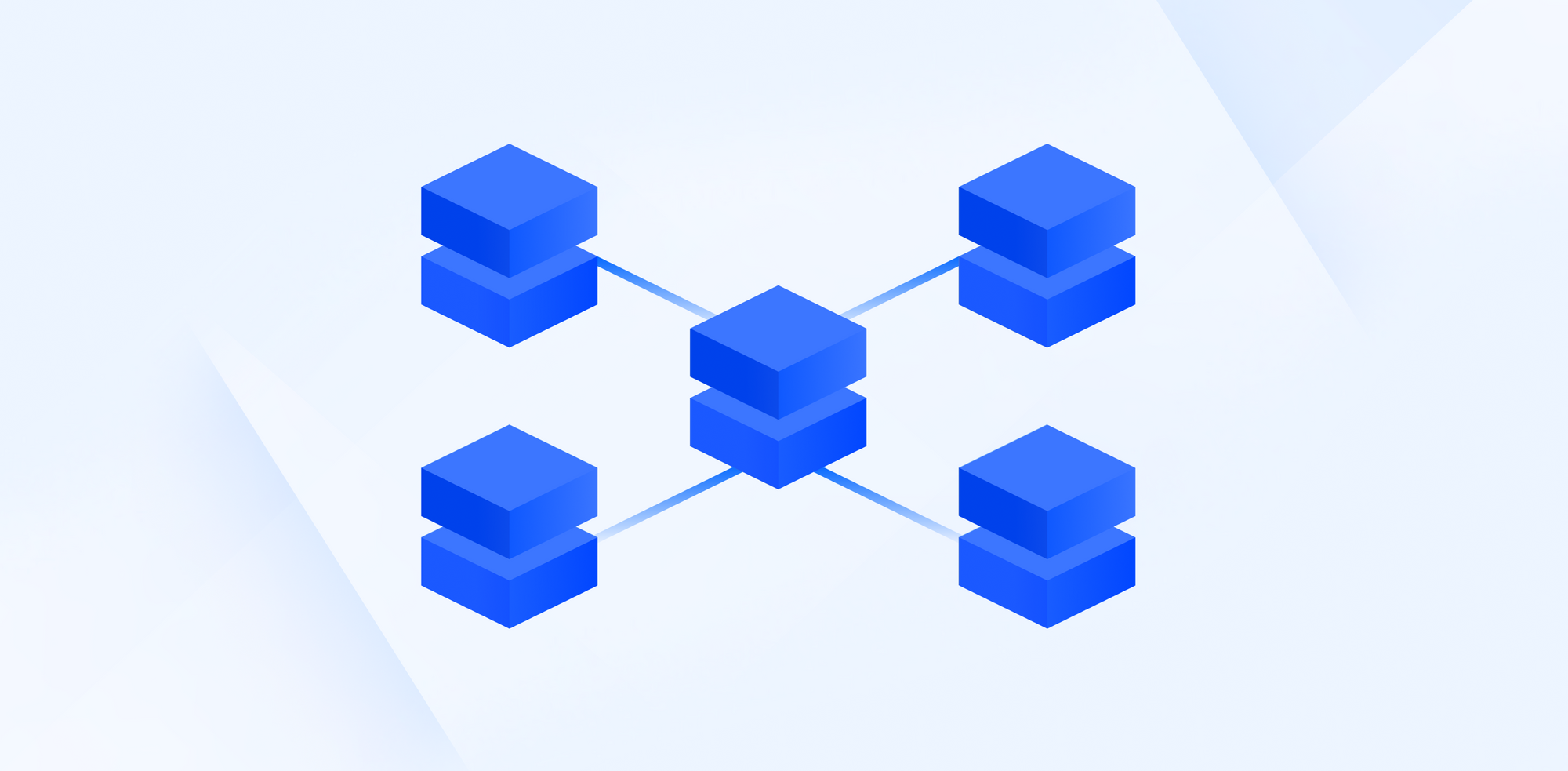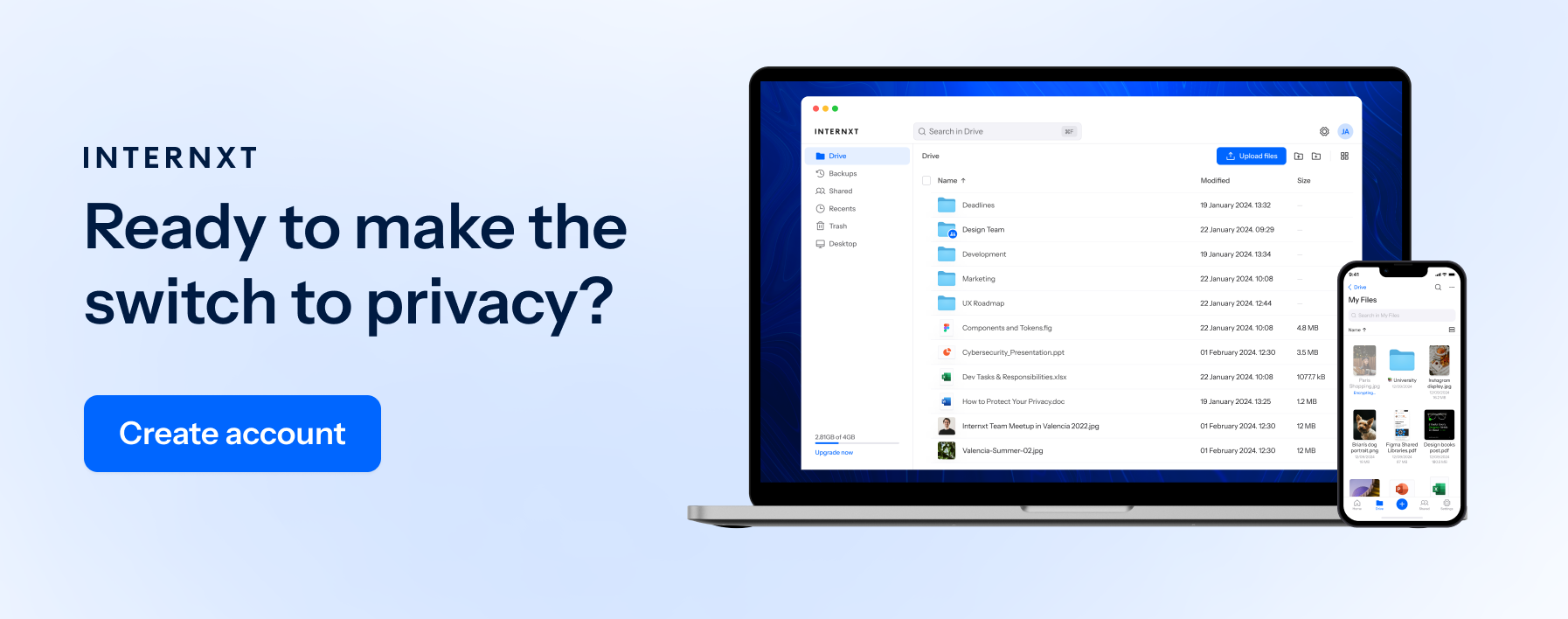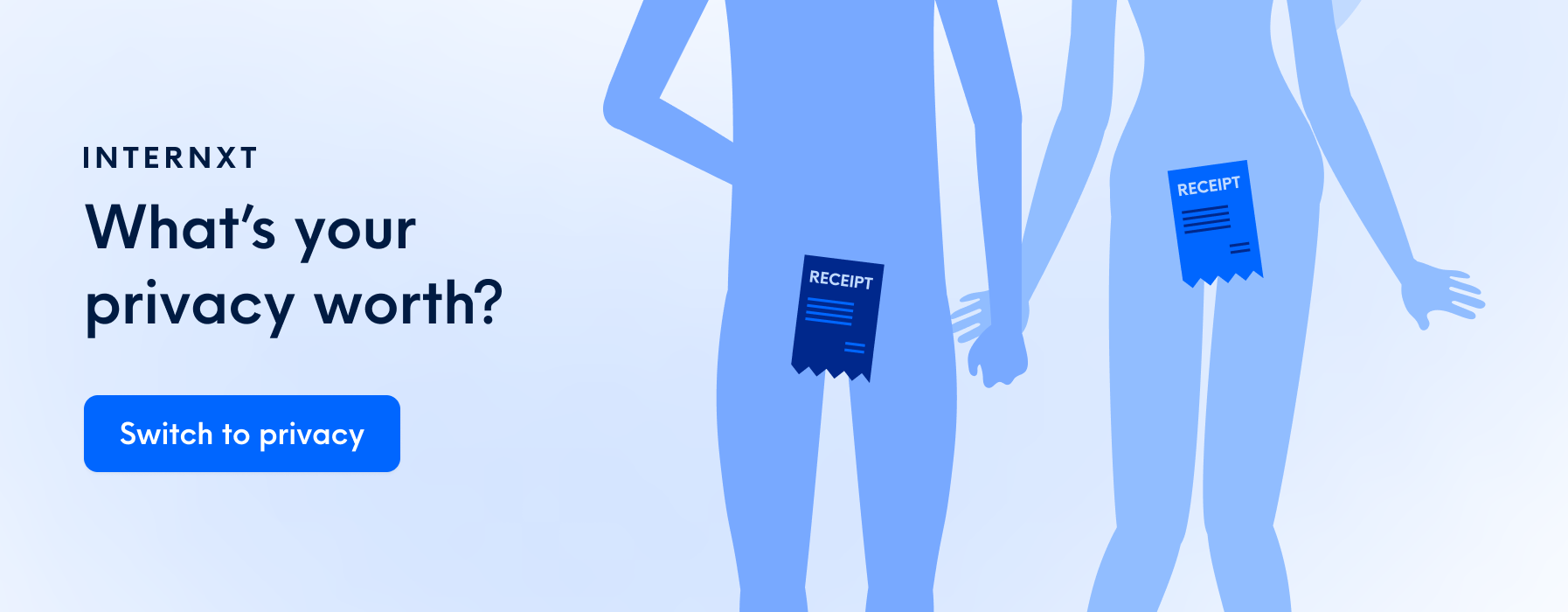What Is Blockchain? How Blockchain Technology Works to Make the Internet Safer

You may have heard the word “blockchain” floating around quite a lot recently. However, you may be unsure of what it actually means.
However, with companies expected to spend $20 billion per annum on blockchain technical services by the end of 2024, it’s time we all got a bit more familiar with it.
Below, we will explain what blockchain is and the technology behind it so you can get a better understanding.
What Is Blockchain?
A blockchain is a digital ledger of transactions that is duplicated and distributed across a complete network of computer systems.
It is a system of recording data in a manner that makes it extremely difficult, if not impossible, to cheat, hack, or amend the system.
Every block has a chain that includes a number of transactions. Whenever a new transaction happens on the blockchain, a record of the transaction is added to the ledger of each participant, similar to how a net-worth tracking tool records financial changes.
Distributed Ledger Technology (DLT) is what we call the decentralized database, which numerous participants manage.
Blockchain is a DLT whereby an immutable cryptographic signature, known as a hash, is used to record transactions.
So, if one block in the chain were changed, this would be apparent immediately. Everyone would know it had been tampered with. This means hackers would need to amend every block in the chain to corrupt a blockchain system, which is incredibly difficult to do.
Blockchain enables you to buy Bitcoin and other cryptocurrencies
Blockchain does not exist purely to enable cryptocurrency. However, this is one of the benefits of this revolutionary technology and the main reason you’re hearing it mentioned more and more nowadays.
If it were not for blockchain, cryptocurrency would not exist. So, whether you buy Bitcoin with Apple Pay or purchase other niche coins to diversify your expansive crypto portfolio, you have Blockchain to thank for this.
Why Do You Need To Know About Blockchain?
Aside from buying, selling, and trading cryptocurrency, you may be wondering why you need to know about blockchain. Why does it matter to you?
Blockchain is set to grow and disrupt the current ecosystem
The disruptive and exponential growth of blockchain will come from the convergence of private and public blockchains to an ecosystem where businesses, suppliers, and consumers can collaborate in a virtual, auditable, and secure manner.
Blockchain technology exists both publicly and privately
A lot of people associate blockchain purely with finance, especially cryptocurrency, and it is easy to see why this happens. However, blockchain is much broader than this.
You can apply blockchain to any multi-step transaction where visibility and traceability are needed.
For instance, a notable use case for blockchain is the supply chain. Blockchain can be used for signing and managing contracts, as well as auditing product provenance. You can also use the blockchain for deed and title management, votation platforms, and much more.
The practical applications for blockchain will only increase as the physical and digital worlds continue to converge.
Blockchain technology does not need to exist publicly. It can exist privately, where nodes are simply points in a private network, with the Blockchain acting very much like a distributed ledger.
Financial companies, in particular, are under heaps of pressure to show regulatory compliance. Because of this, many of them are making the move to blockchain implementation. Secure solutions like this can be a vital building block to lower compliance expenses.

The Benefits of Blockchain Technology
There are a number of advantages associated with using blockchain technology for asset transaction management. The main benefits are as follows:
- Faster auditing: Enterprises need to generate, archive, exchange, and reconstruct e-transactions in a secure, auditable manner. The data transparency blockchain provides ensures audit processing is a lot quicker.
- Higher levels of efficiency: B2B transactions can be time-consuming and result in operational bottlenecks whether you operate a B2B eCommerce marketplace or provide SaaS B2B solutions. Smart contracts and transparency both ensure more efficient outcomes.
- Advanced security: Blockchain technology delivers high levels of trust and security that modern digital transactions demand. The principles of consensus, decentralization, and cryptography are used to create an incredibly secure underlying software system that is virtually impossible to tamper with.
Understanding the Three Key Elements of a Blockchain
We briefly touched upon the DLT, but let’s take a further look at the three chief elements of a blockchain so you can get a better understanding:
- Distributed Ledger Technology (DLT): All participants on the network can access the distributed ledger and its immutable document of transactions. With these shared ledgers, transactions will only be recorded once, eradicating the duplication of effort that is standard with conventional business networks.
- Immutable records: No participant has the ability to tamper with or amend a transaction once it has been recorded to the shared ledger. If there is an error in the transaction recorded, a new transaction needs to be added to reverse the mistake, meaning both transactions are visible to ensure transparency.
- Smart contracts: To enable quick transactions, a ‘smart contract’—which is a set of rules—will be stored on the blockchain and automatically executed. A smart contract can do everything from specifying terms for medical insurance to be paid to defining conditions for corporate bond transfers.
Main Features of Blockchain Technology
Blockchain technology has the following main features:
Consensus
A blockchain system will establish rules regarding participant consent for recording transactions. Participants can only record a new transaction when the majority of participants in the network provide their consent.
Immutability
This means that you cannot alter or change something. No participant is able to tamper with any transactions when they have been recorded in the shared ledger. You cannot simply amend any errors. When a mistake is made, a new transaction needs to be added to reverse it. Both transactions will be visible; you cannot simply remove the erroneous one.
Decentralization
Decentralization in a blockchain refers to transferring decision-making and control from a centralized entity, such as a group, organization, or individual, to a distributed network. Decentralized blockchain networks utilize transparency to lower the need for trust among participants.
Participants in the networks are also deterred from exerting control or authority over one another in ways that can cause the network’s functionality to erode.
Delving Deeper Into How the Blockchain Works
- Every transaction is recorded as a ‘block’ of data. These transactions show an asset’s movement. The asset can be intangible (intellectual) or tangible (a product). The data block can record the information of your choice: who, where, when, what, how much, and even the condition of the asset.
- Each block is linked to the ones after it and before it. All of the blocks create a data chain as the asset moves from one place to another or the ownership changes hands. The blocks will confirm the exact sequence and time of transactions. Blocks link together securely to prevent a block from being inserted between two existing blocks or any changes being made to a block.
- Transactions are blocked together in a ‘blockchain’—an irreversible chain. Every additional block will strengthen the verification of the block prior, and hence the complete blockchain. This makes the blockchain tamper-evident, ensuring the chief benefit of immutability. This means there is no chance of a malicious actor tampering with the blockchain. It builds a ledger of transactions you and other network members can trust.
Roles within the blockchain
Every blockchain network has a number of participants who play various roles. Four of the most significant roles are as follows:
- Blockchain users: These are participants, typically business users, who have the permissions needed to join the blockchain network and carry out transactions with other network participants.
- Certificate authorities: People who are able to manage and issue the various kinds of certificates required to run a permissioned blockchain.
- Blockchain network operators: People who have special permissions and the authority to define, generate, monitor, and manage the blockchain network.
- Regulators: Users on the blockchain who have special permissions to oversee the transactions occurring on a network.

Blockchain Is the Future of the Internet
So there you have it: everything you need to know about blockchain and the technology behind it. We hope that this has given you a much better understanding.
Many experts consider blockchain to be the future of the internet and the future of safe cloud storage. It will create an uncensorable, unfilterable, secure, and trusted repository of information and data that is accessible around the world.
These characteristics will drive the third generation of the World Wide Web, and that’s why so many people consider it the future.

